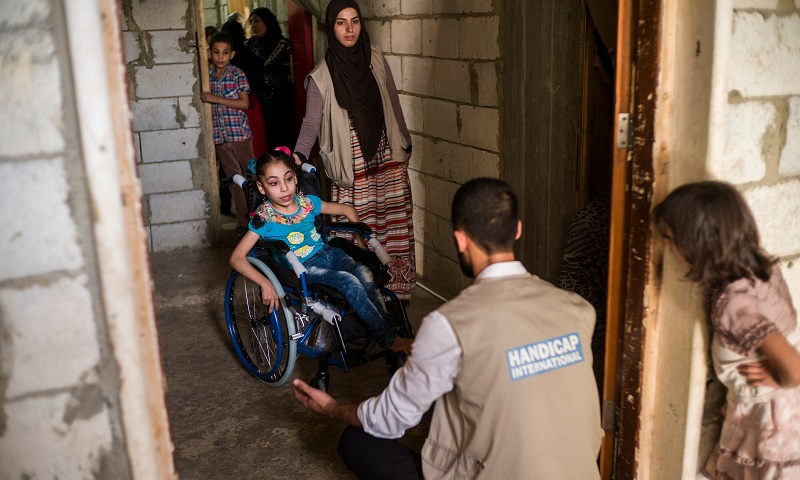
In conflicts and disasters, women and girls with disabilities face enormous challenges for survival. The adversities faced in crisis due to gender are exacerbated by limits to mobility and communication. At a side event, in conjunction with the UN Summit on Refugees and Migrants at UN Headquarters in New York, representatives from Member States, civil society organisations, and UN Agencies discussed the need to include women and girls with disabilities in development and humanitarian responses.
Today, out of more than 65 million refugees displaced globally, about 8 million refugees have some form of impairment. Displaced persons with disabilities usually find themselves in low-income countries, and suffer from limited access to services and social stigmas associated with their disability. In humanitarian and development frameworks, refugees and asylum seekers at the intersection of gender and disability are often left behind.
To realize the 2030 Agenda for Sustainable Development and the Sendai Framework for Disaster Risk Reduction, the risks women and girls with disabilities caught up in crises must be understood and targeted in humanitarian actions. Venus Ilagan, Secretary General of Rehabilitation International, called on humanitarian actors to listen to women and girls with disabilities and include them in the planning and implementation of relief. Too often, this vulnerable group is only seen for its vulnerability; not for the valuable input they have to offer through their experiences and challenges. This regularly leads to exclusion and marginalization that hinder aid and relief efforts.
The panellists called for better data collection on displaced persons that can be disaggregated to recognize women and girls with disabilities. This is necessary for the identification of the kind of aid needed and to respond to changing needs. Emma Pearce of the Women’s Refugee Commission pointed out that just a few of these adaptations, like data collection and inclusion, can have a huge impact on women and girls with disabilities caught up in crisis. Recognizing and responding to the structural inequalities that cause disadvantages for this group, even in times without crisis, are essential for their social inclusion. Hiroshi Minami, Ambassador of Japan to the United Nations, called for a human-centred approach to including this group so that they are not left behind. To realise the 2030 Agenda, including them in humanitarian action not only respects their fundamental human rights, but strengthens their overall participation in society.
This side-event was organised by the Permanent Mission of Japan and UN DESA-DSPD ahead of the UN Summit on Refugees and Migrants. The event was co-sponsored by UNICEF, UN Women, International Disability Alliance, Handicap International, Human Rights Watch, Rehabilitation International, and Women’s Refugee Commission.
Learn more about our work on persons with disabilities at un.org/disabilities.
 Welcome to the United Nations
Welcome to the United Nations